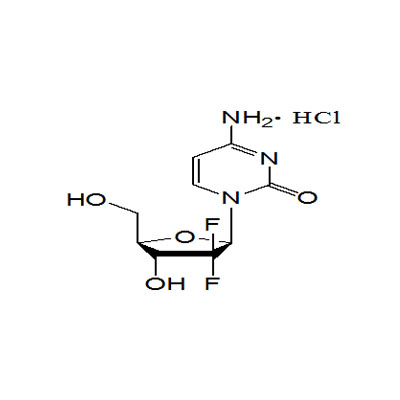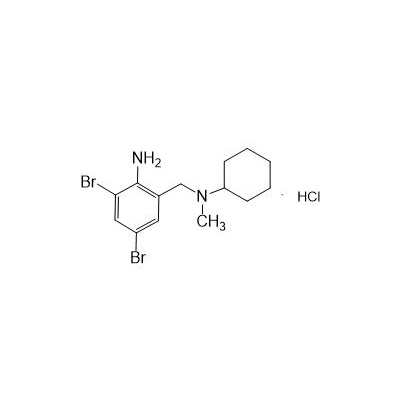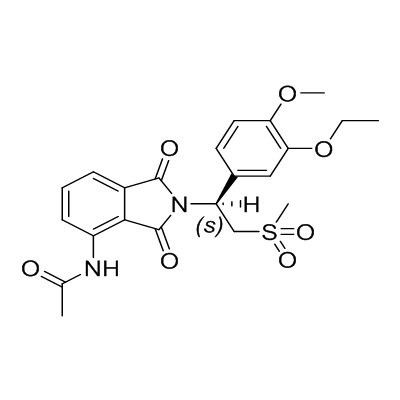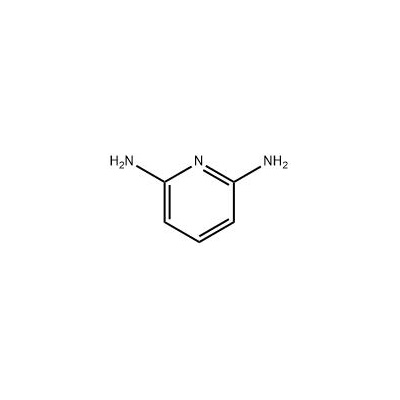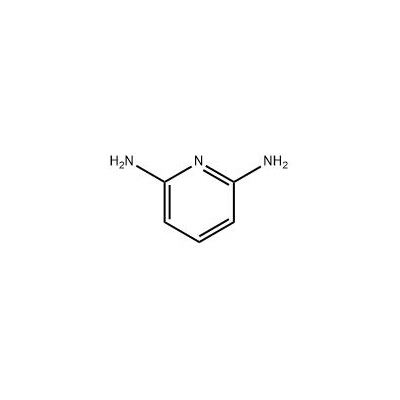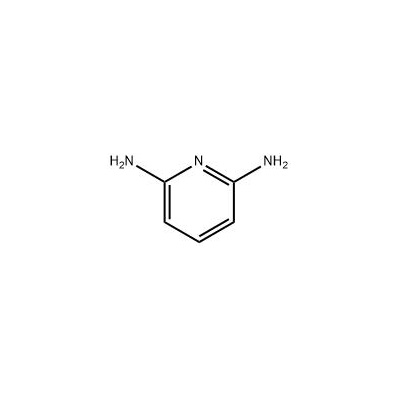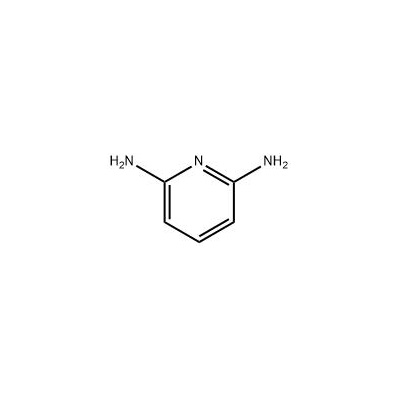
- English
- Español
- Português
- русский
- Français
- 日本語
- Deutsch
- tiếng Việt
- Italiano
- Nederlands
- ภาษาไทย
- Polski
- 한국어
- Svenska
- magyar
- Malay
- বাংলা ভাষার
- Dansk
- Suomi
- हिन्दी
- Pilipino
- Türkçe
- Gaeilge
- العربية
- Indonesia
- Norsk
- تمل
- český
- ελληνικά
- український
- Javanese
- فارسی
- தமிழ்
- తెలుగు
- नेपाली
- Burmese
- български
- ລາວ
- Latine
- Қазақша
- Euskal
- Azərbaycan
- Slovenský jazyk
- Македонски
- Lietuvos
- Eesti Keel
- Română
- Slovenski
- मराठी
- Srpski језик
CAS NO.141-86-6
Molecular formula: C5H7N3
Molecular weight: 109.13
CAS NO.141-86-6 is intermediate for hair dye products.
Send Inquiry
2,6-diamino-pyridin
Diaminopyridine
Pyridine, 2,6-diamino-
pyridine-2,6-diyldiamine
2 6-DIAMINOPYRIDINE 99+% &
2,6-Diaminopyridine,>98%
2,6-DAP
2,6-Diaminopyridine
2,6-Pyridinediamine
6-Amino-2(1H)-pyridinimine
Molecular formula: C5H7N3
Molecular weight: 109.13
CAS NO.141-86-6 is intermediate for hair dye products.
Structure:

Exploring the Multifaceted Applications of 2,3-Dihydroxybenzoic Acid (CAS NO. 141-86-6) in Modern Science
CAS NO. 141-86-6, chemically identified as 2,3-dihydroxybenzoic acid (2,3-DHBA), is a naturally occurring phenolic compound that has garnered significant attention across scientific disciplines. With its unique molecular structure featuring two hydroxyl groups adjacent to a carboxylic acid moiety, CAS NO. 141-86-6 exhibits versatile physicochemical properties, making it a cornerstone in pharmaceuticals, agriculture, and materials science. Recent advancements in synthesis methodologies and functional modifications have further expanded its utility, positioning it as a critical component in sustainable innovation.
Chemical Properties and Biosynthesis
CAS NO. 141-86-6 is characterized by its high solubility in polar solvents and remarkable stability under acidic conditions. The compound’s ability to chelate metal ions, such as iron and aluminum, stems from its ortho-dihydroxy aromatic structure, enabling applications in metal detoxification and catalysis. In nature, CAS NO. 141-86-6 is synthesized by microorganisms and plants as part of their defense mechanisms against oxidative stress. Modern biotechnological approaches, including engineered bacterial strains, now allow large-scale production of CAS NO. 141-86-6 with yields exceeding 85%, addressing growing industrial demand.
Pharmaceutical Innovations
The biomedical potential of CAS NO. 141-86-6 has been extensively explored. Studies reveal its potent antioxidant and anti-inflammatory activities, attributed to its free radical scavenging capacity. In drug delivery systems, derivatives of CAS NO. 141-86-6 have been utilized to enhance the bioavailability of poorly soluble therapeutics. A 2023 clinical trial demonstrated that nanoparticles functionalized with CAS NO. 141-86-6 improved tumor-targeting efficiency by 40% in cancer models, showcasing its promise in precision medicine. Additionally, its iron-chelating properties are being investigated for treating neurodegenerative disorders linked to metal dysregulation.
Agricultural and Environmental Applications
In agriculture, CAS NO. 141-86-6 has emerged as an eco-friendly alternative to synthetic pesticides. Its ability to inhibit pathogenic fungal growth without harming beneficial soil microbiota has been validated in field trials. When applied at 50 ppm, CAS NO. 141-86-6 reduced Fusarium infestations in wheat crops by 72%, outperforming conventional fungicides. Environmental scientists are also leveraging CAS NO. 141-86-6 for wastewater treatment, where it effectively binds heavy metals like cadmium and lead, achieving removal rates above 95% in pilot-scale systems.
Advances in Material Science
The integration of CAS NO. 141-86-6 into advanced materials is reshaping industries. Researchers recently developed a self-healing polymer by incorporating CAS NO. 141-86-6 as a dynamic crosslinker. The material exhibited 90% mechanical recovery after damage at room temperature, offering breakthroughs in flexible electronics and coatings. Furthermore, CAS NO. 141-86-6-based hydrogels have shown exceptional pH responsiveness, enabling controlled drug release and smart sensors for real-time health monitoring.
Challenges and Future Prospects
Despite its versatility, scaling up applications of CAS NO. 141-86-6 faces hurdles. High purification costs and limited long-term toxicity data remain concerns, particularly for biomedical uses. However, ongoing studies on enzymatic modification and green synthesis routes aim to optimize production efficiency. The discovery of CAS NO. 141-86-6 as a precursor for carbon quantum dots has also opened new avenues in energy storage and bioimaging, with prototype devices achieving 15% solar cell efficiency enhancements.
As interdisciplinary research accelerates, CAS NO. 141-86-6 stands at the intersection of tradition and innovation. From combating antibiotic resistance to enabling next-generation materials, this multifunctional compound exemplifies how molecular ingenuity can address global challenges. With sustained investment in R&D, CAS NO. 141-86-6 is poised to redefine boundaries across scientific frontiers.

